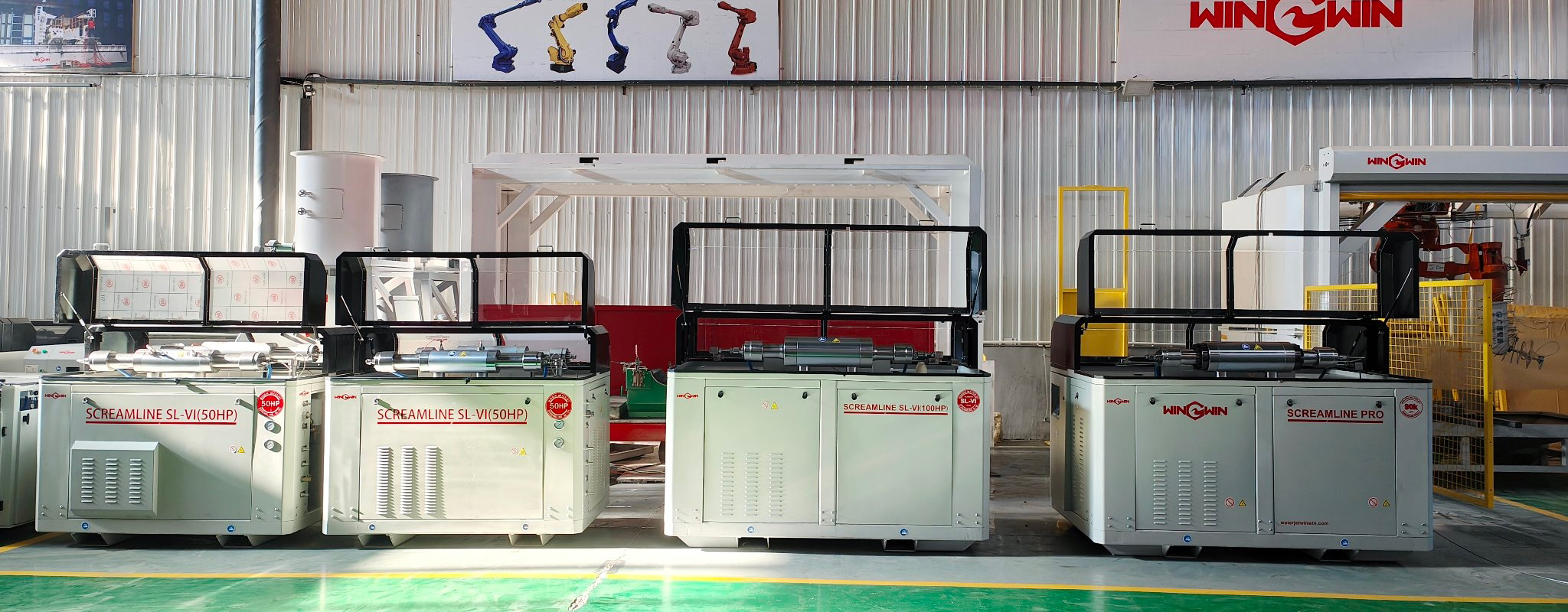Explore the structure, operation and key functions of waterjet cutting hydraulic piston
The hydraulic piston of a waterjet cutting machine is the core moving component of the high-pressure pump system. Its performance directly impacts the overall efficiency of the equipment. Winwin Waterjet is well aware of the importance of this core component and consistently prioritizes piston research and development and optimization as key to enhancing its competitiveness. The hydraulic piston converts mechanical energy into high-pressure water pressure through reciprocating motion, directly impacting the equipment's pressure output and operating efficiency. Its structural design and performance parameters must be adapted to the extreme operating conditions of 200-600 MPa.
I. Core Functions
1.Pressure Conversion: Driven by the motor, the hydraulic piston compresses water in the cylinder through reciprocating motion, converting low-pressure water into ultra-high-pressure water flow (with a speed up to 2-3 times the speed of sound), providing energy for cutting.
2. Sealing Fit: The hydraulic piston precisely cooperates with the cylinder and sealing parts to ensure the sealing of the high-pressure chamber and prevent energy loss due to pressure leakage.
3. Load Bearing: The hydraulic piston directly withstands the reaction force of high-pressure water and needs to have fatigue resistance and impact resistance to ensure long-term stable operation.
II. Structure and Materials
1.Structural Features: The hydraulic piston is mostly designed in a stepped or straight cylinder shape. The contact area with the sealing part at the head is mirror-polished (roughness ≤ 0.8 μm) to reduce friction and wear. The tail is connected to the crankshaft through a connecting rod and needs to have precisely positioned pin holes or threaded interfaces to ensure the concentricity of power transmission.
2. Material Selection: High-strength alloy steel (such as 40CrNiMoA) is commonly used, with a hardness of HRC30-35 after quenching and tempering, balancing toughness and wear resistance. Some high-end models use a bimetallic composite structure, with wear-resistant ceramics or hard alloys embedded at the head to extend the service life of vulnerable parts.

III. Key Parameters
1.Diameter and Stroke: Designed according to flow requirements, common diameters are 20-50 mm, and strokes are 50-150 mm. A fit clearance of 0.01-0.03 mm with the cylinder is required to balance sealing and movement flexibility.
2. Surface Treatment: Surface hardness is enhanced through chrome plating (thickness 5-10 μm) or nitriding treatment (≥ HV800) to improve corrosion resistance and scratch resistance, adapting to the high-pressure water medium containing abrasives.
The machining accuracy of the hydraulic piston (such as cylindricity ≤ 0.005 mm) and material properties directly determine the pressure stability and service life of the high-pressure pump. Regular detection of the hydraulic piston’s wear amount (maximum allowable wear amount ≤ 0.1 mm) is an important part of equipment maintenance.Winwin Waterjet relies on in-depth research and strict control of piston technology to integrate these core indicators into the entire production process, ensuring that the hydraulic piston of each device can operate stably and efficiently under extreme working conditions, providing users with reliable high-pressure water cutting solutions.

 wwaterjet
wwaterjet